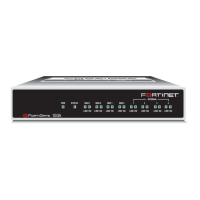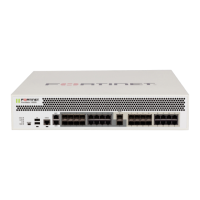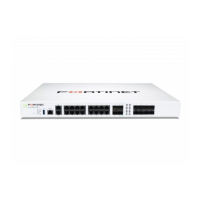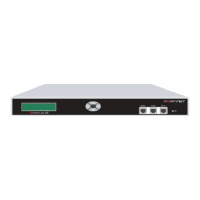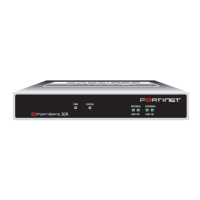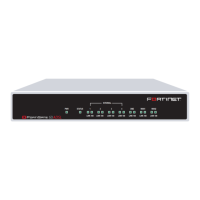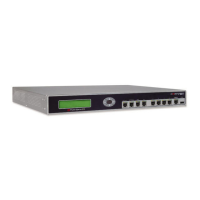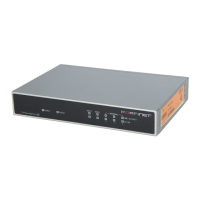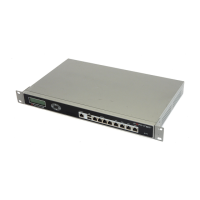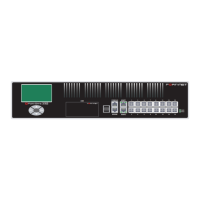Factory defaults
FortiGate-200, FortiGate-300, FortiGate-400, FortiGate-500 and FortiGate-1000 FortiOS 3.0 MR4 Install Guide
01-30004-0267-20070215 27
Factory defaults
The FortiGate unit ships with a factory default configuration. The default
configuration allows you to connect to and use the FortiGate web-based manager
to configure the FortiGate unit onto the network. To configure the FortiGate unit
on to the network you add an administrator password, change the network
interface IP addresses, add DNS server IP addresses, and, if required, configure
basic routing.
If you plan to operate the FortiGate unit in Transparent mode, you can switch to
Transparent mode from the factory default configuration and then configure the
FortiGate unit onto the network in Transparent mode.
Once you complete the network configuration, you can perform additional
configuration tasks such as setting system time, configuring virus and attack
definition updates, and registering the FortiGate unit.
The factory default firewall configuration includes a single network address
translation (NAT) policy that allows users on your internal network to connect to
the external network and stops users on the external network from connecting to
the internal network. You can add more firewall policies to provide more control of
the network traffic passing through the FortiGate unit.
The factory default protection profiles can be used to apply different levels of
antivirus protection, web content filtering, spam filtering, and IPS to the network
traffic that is controlled by firewall policies.
The following topics are included in this section:
• Factory default NAT/Route mode network configuration
• Factory default Transparent mode network configuration
• Factory default firewall configuration
• Factory default protection profiles
• Restoring the default settings
Factory default NAT/Route mode network configuration
When the FortiGate unit is first powered on, it is running in NAT/Route mode and
has the basic network configuration listed in Table 9 on page 28. This
configuration allows you to connect to the FortiGate unit web-based manager and
establish the configuration required to connect the FortiGate unit to the network.
In Table 9 on page 28, HTTPS administrative access means you can connect to
the web-based manager using HTTPS protocol through this interface. Ping
administrative access means this interface responds to ping requests.
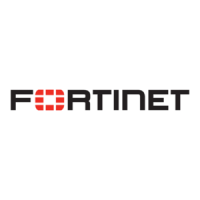
